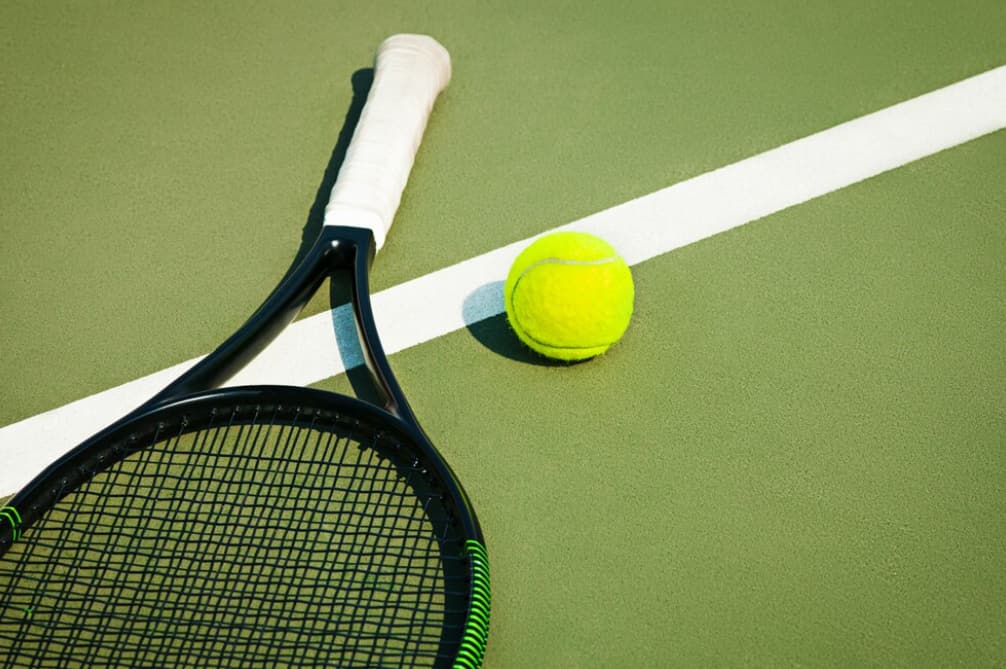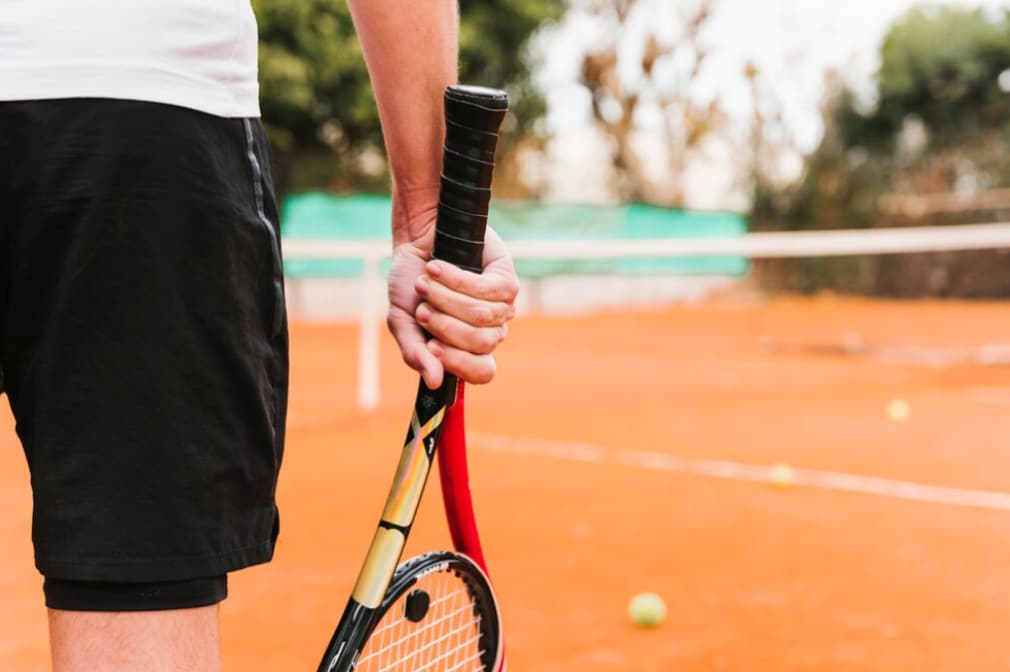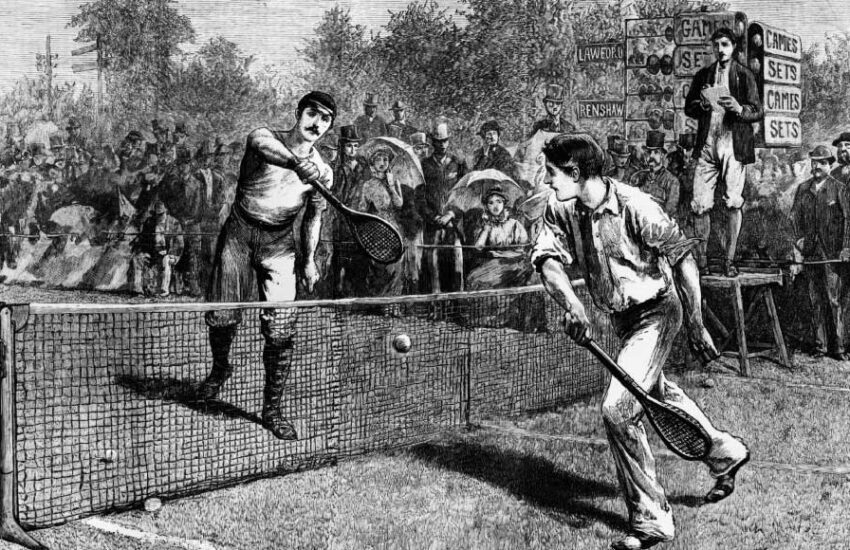The Lifespan of a Tennis Ball Unveiled
The iconic tennis ball – a staple of the sport, is as much a symbol of tennis as the racket itself. Vibrant and full of life, these bouncy companions are central to the action, yet their active lifespan is shorter than one might expect. Intricately crafted for the perfect game, these yellow-green spheres endure every serve and volley, but not without consequence. Each thunderous hit and rocketing serve takes a toll, gradually diminishing the ball’s integrity. While understanding the lifespan of a tennis ball is important for a smooth game, it’s also crucial to know about player health, such as the duration and recovery of common injuries like tennis elbow.
In this article, we’re going to explore the lesser-seen side of the tennis ball, from its meticulous manufacturing process to the inevitable decline in bounce and vitality. We’ll also provide insights on recognizing when they’ve played their final set and need to be replaced. Join us as we delve into the captivating story behind the tennis ball, understanding its journey from the factory to the final serve in the game we love.
Tennis Ball Longevity
Delve into the creation of tennis balls, uncover the elements that influence their durability, and master the signs that signal it’s time for a new ball.
Crafting Tennis Balls: Unveiling the Manufacturing Journey
The life of a tennis ball begins with the melding of two rubber halves, which are heated and sealed to create the core. This core is then pressurized with air or nitrogen to give the ball its characteristic bounce. The next stage is the application of the felt covering, which is meticulously glued and trimmed to fit the rubber sphere.
The materials chosen for production significantly dictate the ball’s longevity. Premium balls are crafted with superior rubber and denser felt, providing a longer lifespan compared to their economical counterparts. Yet, regardless of quality, all tennis balls eventually succumb to the loss of pressure, resulting in a decreased bounce.
The ball’s durability is also influenced by the frequency of play and the type of playing surface—hard-hitting matches on abrasive courts accelerate wear and tear, while casual play in softer settings may extend a ball’s usable life.
Keep in mind during your next match that each stroke not only plays a part in the game’s outcome but also incrementally diminishes the vitality of your vibrant, bouncing partner on the court.

Time for New Tennis Balls? Watch for These Clues
Tennis balls are vital to every match, yet their prime condition is ephemeral. To maintain the quality of your game, it’s important to recognize when they need replacing. Here’s what to look for.
- Initially, consider the color vibrancy. Fresh tennis balls boast a vivid yellow or green hue; a loss of brightness suggests it’s time for new ones;
- The texture is another indicator. A new ball’s thick fuzz, crucial for controlling trajectory and spin, wears down with use, affecting its in-play behavior;
- Assess the ball’s resilience as well. Conduct the shoulder-height drop test: a ball past its prime won’t rebound to knee level;
- Inspect the ball for physical impairments, such as cuts or deformities, which could hinder its aerodynamics and bounce.
Playing with degraded balls can compromise your technique just as much as outdated gear might. By monitoring these aspects, you ensure your equipment is always match-ready.
Conclusion
In summary, the key to grasping the life expectancy of a tennis ball lies in understanding the intricacies of its production and the elements that influence its wear and tear. The caliber of the materials selected for the ball’s construction is pivotal in determining its durability. Balls crafted from high-grade rubber and robust felt are typically more enduring than their lower-quality counterparts.
The ball’s lifespan is also shaped by the regularity and vigor of gameplay. Engaging in frequent, high-energy matches will expedite the deterioration of the balls, contrasting with the slower wear observed in less frequent, leisurely play. Proper storage is another factor, with optimal conditions being a cool, dry environment free of dust and moisture to preserve the ball’s elasticity.
Being able to identify the right time to replace tennis balls is essential for a superior play experience. Watch for indicators such as a dimming of the original bright hue, a reduction in surface fuzziness, a decline in bounce, or any obvious physical damage. Keep these considerations in mind for your next game to ensure peak performance and enjoyment on the court.



